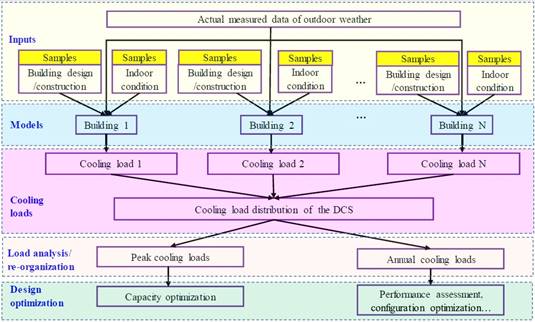



Steel mounts are being used, placing the panels at a tilt angle of 30° and facing the true south. Table 1 displays the specifications of each of the 90 SILCIO SE220 photovoltaic panels used by the PV park, which have a total surface of 150 m 2. The exact geographical coordinates of the location are 40.98 N, 25.56 E. The land plot measures nearly 2,000 m 2 large, without any obstructions which could cause shading near the installation. This free-standing PV park is situated at an open field at the foothills of Rhodope, near the settlement Dionis, in Thrace, Greece. Photovoltaic installationįor the means of this study, long-term performance data have been extracted from an operational PV park in order to be compared to the artificial data created by software.
#SEAN HAY GOOGLE SCHOLAR TRNSYS ARCHITECTURE SOFTWARE#
In this article, we will be comparing the actual irradiance and energy data which have been extracted from the monitoring station of a 19.8 kW p grid-connected PV installation to the results obtained from commercial PV simulation software packages which had the climatic data of the installation imported. Still, commercial software packages are being used as the basis of many scientific studies and papers, therefore their accuracy should be thoroughly examined against real-world data and for various conditions. Undoubtedly, commercial PV simulation software packages are using combinations of these models and methodologies, each of which is scientifically sound however, their accuracy as a complete software package against real-world data has not been assessed. Research studies are focused on developing methods which can be used to create new software packages, such as new simulation techniques, models which can be used to compute the effects of shading, methodologies which may be used for the estimation of solar irradiance on inclined surfaces, the modelling of PV panels and the simulation of the power electronics involved in PV installations. Despite the vast growth of PV installations and the ever-growing number of available commercial software for their simulation and economic assessment, there has been little to no research regarding the calculative accuracy of commercial PV simulation software packages. This commercial demand has led into the development of many PV analysis and planning software packages, mainly designed to be used for the composing of technical and economical essays by the PV installers and architects, especially during the initial design phases of a project. As such, demand for software capable of performing energetic and economic analysis quickly and accurately was evident. The largest percentage of the PV market is held by private owners and small businesses, investing on small-to-medium grid-connected installations or building integrated systems, with the interest on small-scale residential applications continually growing across the globe, especially in the EU after the 2010/31/EU Energy Performance Building Directive, which suggests that buildings should require “nearly zero energy” by 2020. Small, distributed PV installations are considered to be a vital component to sustainable architecture. Due to their inert nature and motionless operation, PV systems are ideal for use in or near populated areas, especially on commercial and residential buildings, making them a vital addition to smart grids.

The high demand has led to extensive research during the past few decades, improving the efficiency and other performance characteristics of the PV panels while significantly reducing their cost. Albeit they are plagued by problems such as intermittency and relatively low efficiency, photovoltaics (PV) are the most popular form of renewable energy for electricity generation and their market penetration is expected to continually rise globally over the next few years.


 0 kommentar(er)
0 kommentar(er)
